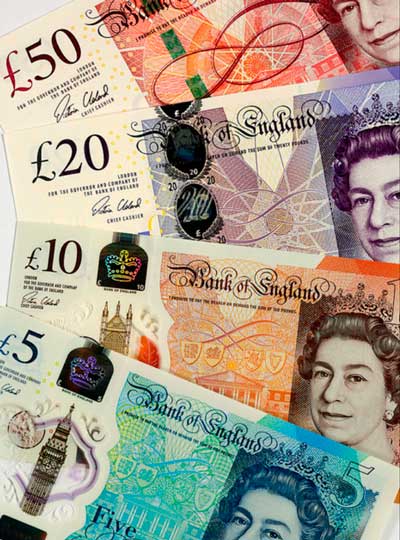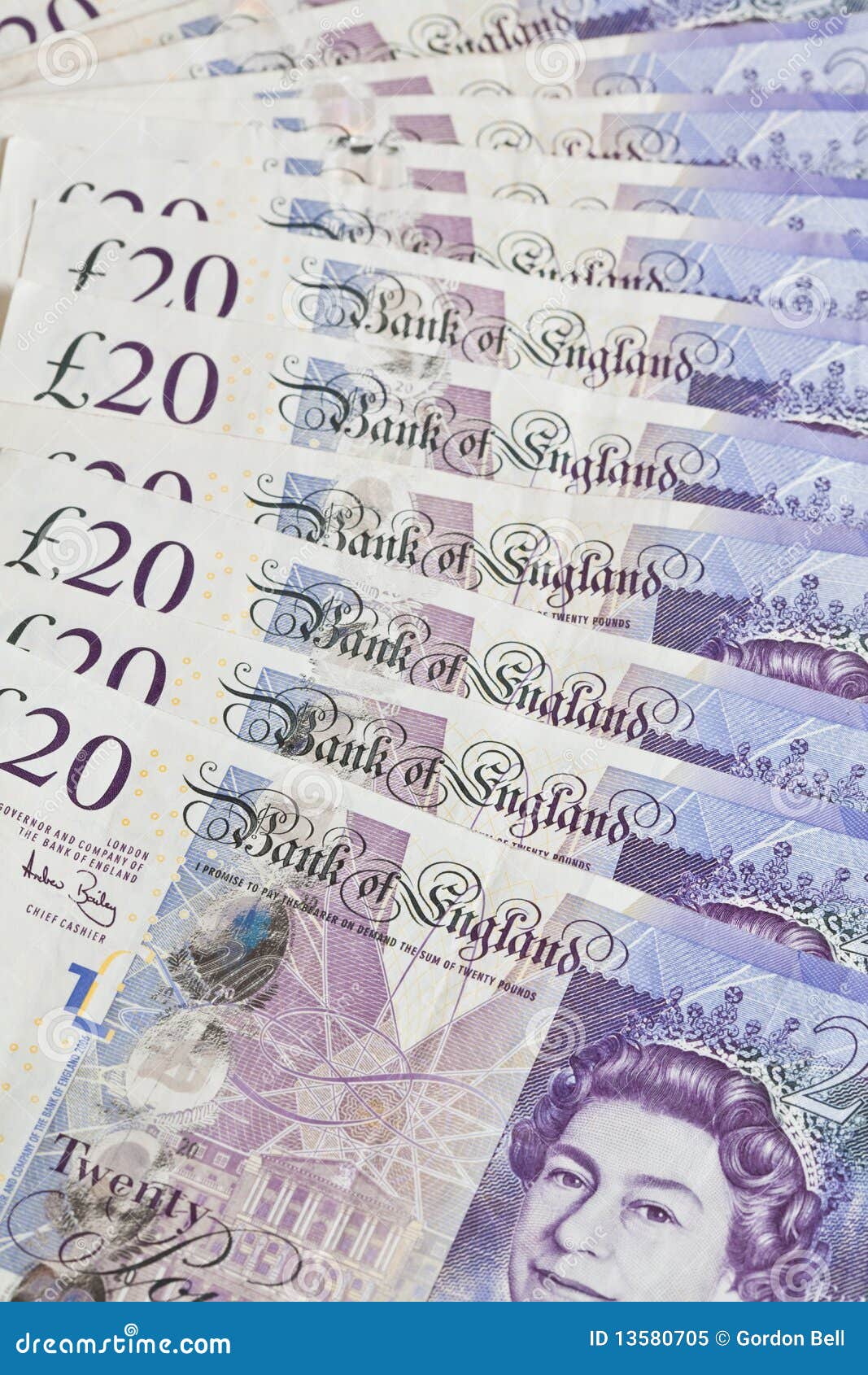
Many European countries predicted a low GDP growth as both energy and food commodity prices increased sharply after the start of the Russia-Ukraine war, leading to a decline of household purchase power. The pound declined in a time when the eurozone also faced challenges and financial markets were not open to risks. Deemed a speculative policy by many, the consequently decreasing pound could impact UK import values for several commodities and further increase inflation.

The intention is again to lower taxes for high incomes but, unlike the 1980s, also toincrease its share of government debt against GDP by loaning money. Such so-called trickle-down economics, – lowering taxes to improve high income purchase power so that this “trickles down” to low incomes – are not new to the United Kingdom, as these were used during the 1980s. The headline measure was to remove taxation for taxpayers within the highest income bracket while also lowering taxes on, for example, real estate and removing a bonus limit for bankers. The plans included tax cuts that were worth around 45 billion pounds, quoted by several media as the largest tax decrease in 50 years. Which factors could help support the British pound, or could hamper its development from here on?

That same day, the Bank of England announced it would temporarily buy UK government bonds to stop the rising yield and, according to British media, to relieve UK pension funds from losing their investments in obligations. dollars on Wednesday September 28 – a decline of nearly 10 percent within a single month. Consequently, the pound was worth roughly 1.07 U.S. The unexpected aggressiveness of these measures led investors to abandon the pound. This accelerated on Friday September 23, after the UK government announced plans to support the economy by lowering taxes and increasing its government debt.

dollars at the end of August 2022, against 1.38 U.S. One British pound sterling (GBP) was valued at 1.16 U.S. dollar, as well as a combination of geopolitical uncertainty, forecasted economic downturn, and growing inflation. The pound sign was used as an uppercase letter (the lowercase being ſ) signifying in the early 1993–1995 version of the Turkmen Latin alphabet.Key indicators for the British pound (GBP) - statistics & factsĢ022 has not been the best year for the British pound sterling, as it faced both increasing pressure from a strong U.S. In the blackletter type used until the seventeenth century, the letter L is rendered as L ), standing for Lindström (the firm's founder Carl Lindström). However, the simple letter L, in lower- or uppercase, was used to represent the pound in printed books and newspapers until well into the 19th century. By the time the Bank was founded in 1694 the £ sign was in common use. However, there is in the Bank of England Museum a cheque dated 7 January 1661 with a clearly discernible £ sign. It is not known for certain when the horizontal line or lines, which indicate an abbreviation, first came to be drawn through the L. The pound became an English unit of weight and in England became defined as the tower pound (equivalent to 350 grams) of sterling silver. The symbol derives from the upper case Latin letter L, representing libra pondo, the basic unit of weight in the Roman Empire, which in turn is derived from the Latin word libra, meaning scales or a balance. In the United States, "pound sign" refers to the symbol # ( number sign). The sign may be drawn with one or two bars depending on personal preference, but the Bank of England has used the one-bar style exclusively on banknotes since 1975. The same symbol is used for other currencies called pound, such as the Gibraltar, Egyptian, Manx and Syrian pounds. The pound sign £ is the symbol for the pound unit of sterling – the currency of the United Kingdom and previously of Great Britain and of the Kingdom of England.


 0 kommentar(er)
0 kommentar(er)
